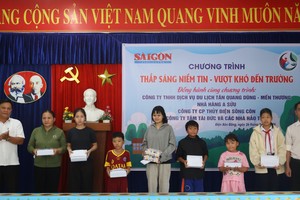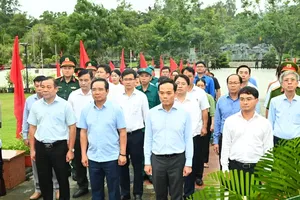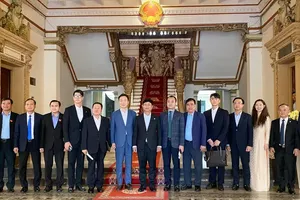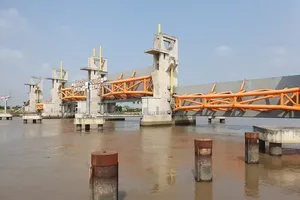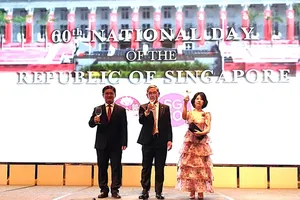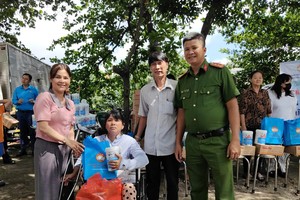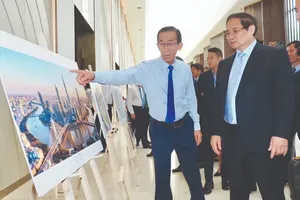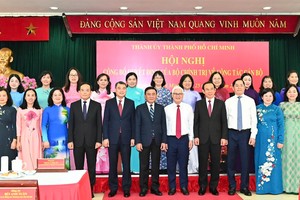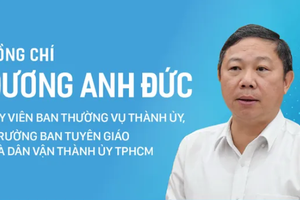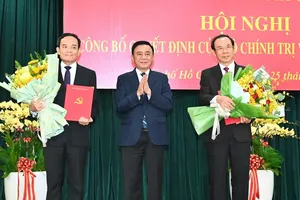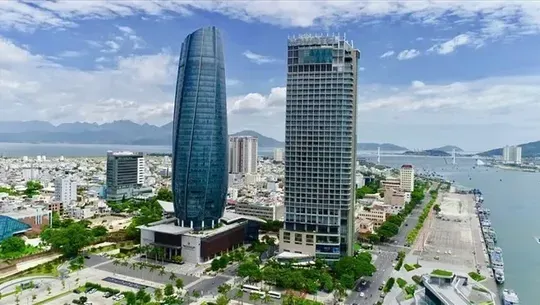
HCMC has just undergone a key personnel transition, a milestone that provides an opportunity to reflect on its development journey, inherit valuable experience, and unlock new momentum.
The rich, practical experience of the nation’s economic locomotive will continue to provide vivid data for the drafting of the 14th National Party Congress documents. Concurrently, from this national foundation of research and policymaking, HCMC receives the strategic direction needed to flourish in a new era.
People, particularly the leadership contingent, are always the core determinant of any development path. This transition, marked by the proactive handover of the predecessor and the responsible spirit of the successor, represents a continuous evolution in the implementation of pillar resolutions, the operation of new models and institutions, and the leadership of landmark projects tied to the “reconstruction” of the city’s urban, economic, and social space.
During the past term, the city overcame unprecedented challenges. This involved not only the immense task of healing after the Covid-19 pandemic but also resolving long-standing issues as part of a dual mission of recovery and development.
A series of critical infrastructure projects have been revived or accelerated. Numerous bridges and residential roads that were halted for years are now operational; major transportation arteries like Ring Road 2 and the HCMC-Moc Bai Expressway are now underway; component branches of Ring Roads 3 and 4 have been completed; Metro Line 1 has been inaugurated; and urban renewal has been invigorated with projects for the Tham Luong-Ben Cat and Xuyen Tam canals, the Thu Thiem new urban area, and a new circus and multi-purpose performance center.
Fundamentally, the city has established a transportation framework connecting the inner city with inter-regional belts, creating a clear vision for the North-South axis.
On the institutional front, National Assembly Resolution No.98/2023/QH15, which pilots special mechanisms for HCMC’s development, has been applied flexibly with a “learn-by-doing” approach, yielding initial positive results.
Furthermore, Resolution 222/2025/QH15 on establishing an International Financial Center, and Resolution 188/2025/QH15, which pilots special policies for urban railway development, are paving the way for long-term growth.
The colossal volume of work, especially in the post-pandemic period, has laid the groundwork for a revolution in streamlining and consolidation, carried out with synchronicity, consensus, and high determination.
From this foundation, the practical mandate for HCMC’s new leadership is to continue improving the lives of its nearly 14 million residents. This is the driving force for the new Secretary of the HCMC Party Committee and the city’s leaders to urgently complete unfinished projects while initiating the next steps for a consolidated megacity.
The guiding principle will be the finalization of the city’s master plan, ensuring it is aligned with pillar national resolutions and growth drivers. A key requirement within this is to unleash the internal strength of the private economy, which has been long considered a wellspring of creativity, rapid adaptation, and powerful ripple effects.
Concurrently, the city is implementing a project to enhance the quality of its civil service, linked to the effectiveness of a streamlined, two-tier local government, aiming for a modern and efficient urban governance model.
The task of restructuring key economic sectors towards a green, digital, and circular economy is also being advanced, alongside the functional transformation of five industrial parks and the development of a master program for industrial relocation for the 2026-2035 period.
New critical institutions, such as the International Financial Center, an Innovation Startup Center, a system of data centers, and the Cai Mep Ha free trade zone – if completed soon, will not only serve HCMC but also contribute to realizing national strategies.
However, significant challenges persist, namely the enduring problem of temporary housing, canal-side slums, and unsafe, low-quality living spaces must now be definitively resolved.
This must be coupled with the development of a Transit-Oriented Development (TOD) model, the integration of housing programs with population distribution, the management of the sidewalk economy, and the creation of a green, civilized living environment. HCMC needs not only modern infrastructure but also world-class cultural institutions to enrich the spiritual and recreational lives of its citizens.
This leading personnel transition is a powerful passing of the baton, ensuring both continuity and innovation, unifying will and action. With new faith, aspiration, and determination, HCMC will undoubtedly achieve a breakthrough, continuing to affirm its role as the nation’s economic engine and contributing to the country’s strong growth in this era of integration and development.
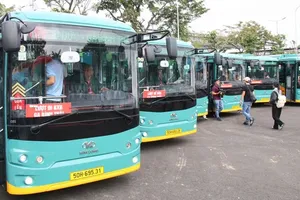
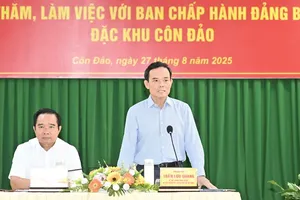
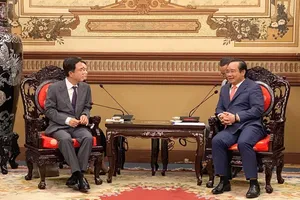
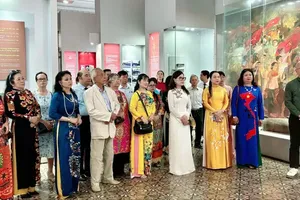
)

